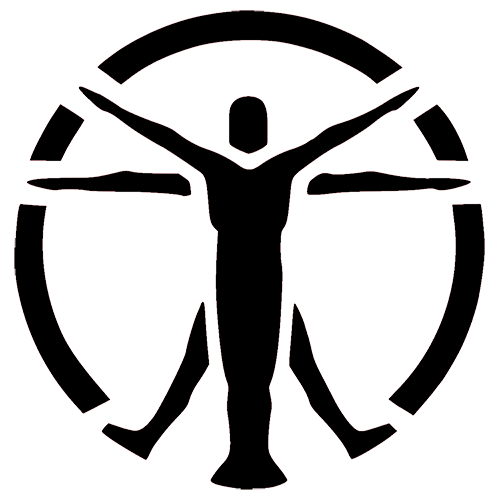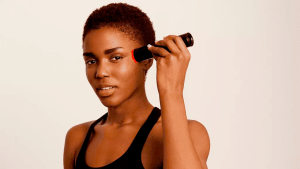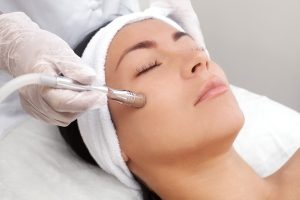When most people think of acne, those that appear on areas such as the chin, forehead, or back come to mind. But sometimes the rash can appear higher on the face, for example, right along the hairline. This type of acne can be just as severe as those that appear on other parts of the body.
One of the most frustrating things about acne is that it is a disease without a clear path to treatment. There are plenty of methods to overcome hairline acne, for example, taking antibiotics, applying antibacterial ointments, etc. However, a cure that is ideal for one patient may not affect another. One treatment that has shown promise for a large number of patients is light therapy.
In this article, we’ll look at the causes of hairline acne, how it is treated with scientifically proven light therapy, and how it can be prevented in the future.
Causes of acne on the hairline
Hairline acne, like any other form of acne, occurs when hair follicles (or pores) become clogged with excess sebum and debris. Debris, such as dead cells or makeup that hasn’t been washed off, usually results in pimples on some parts of the face. Hairline acne is often the result of accumulated hair products, sweat, and dirty cloth that rub against the skin’s face (for example, a headdress).
It is also worth noting that an environment favorable for the occurrence of inflammation is quickly formed in human hair due to body heat. Sweat secreted during thermoregulation of the body, together with the active work of the sebaceous glands, creates favorable conditions for the rapid growth of the number of pathogenic bacteria that cause inflammation when they penetrate the pores of the skin.
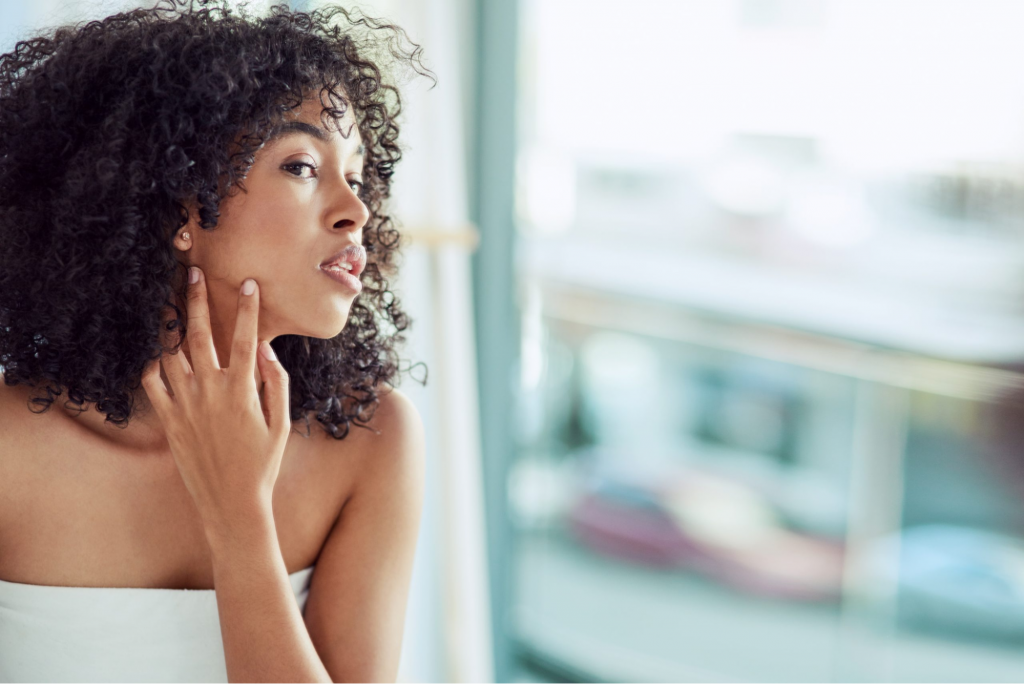
Among the accompanying factors are the following:
Hair products
Hairline acne is most often caused by clogged pores with hair products. Common pore-clogging ingredients include oils such as marula oil, flaxseed oil, avocado oil.
A good rule of thumb to follow is if a product tends to clog the pores on your face, don’t assume it won’t clog the pores on or around your scalp, including your hairline.
Dirty cloth/materials
Items we wear on our heads, such as hats, headbands, scarves, or caps, can clog pores when sweat or dead cells accumulate on them, especially when it is in contact with the skin.
Also, pay attention to hairbrushes and linens. Hairline acne can be caused by contact with these objects. Unnatural (synthetic) materials in some cases provoke the appearance of inflammation. In addition, the skin can react to the presence of insects, such as dust mites, a favorite habitat for which are pillows.

Poor nutrition
Improper and irregular nutrition can lead to acne on the head. Our food tends to be too fatty and not rich in vitamins. Many of us overuse sweet, smoked foods. All this can lead to more active sebaceous glands and increase the risk of acne.
Bad habits
Bad habits (smoking, alcohol abuse) also play an important role in the appearance of hairline acne. In addition to a general weakening of immunity, they lead to the accumulation of harmful substances by the body, the state of the skin changes in a negative direction, which creates favorable conditions for the formation of inflammation.
The above list is far from exhaustive.
Hairline acne can also form due to other diseases. Therefore, if they bother you regularly, or spread over a wide area, it is worth considering a visit to a qualified specialist.
Top most effective ways to get rid of hairline acne
Antibiotics
Antibiotics are often used to treat hairline acne. For example, tetracycline or erythromycin. But due to a large number of side effects, such as nausea, stomach problems (gastritis, pancreatitis), high blood pressure, dizziness, it is used strictly according to the doctor’s prescription in the dosage indicated by him.
Antibacterial ointments
Often used in tandem with antibiotics. It is recommended to apply to clean, dry skin exclusively on the acne-affected area. On average, it takes about 12 weeks to get noticeable results from ointments, which is a fairly long period. It should also be borne in mind that this method can cause skin irritation (erythema, peeling of the skin, dryness, and itching), so you should be careful with it.
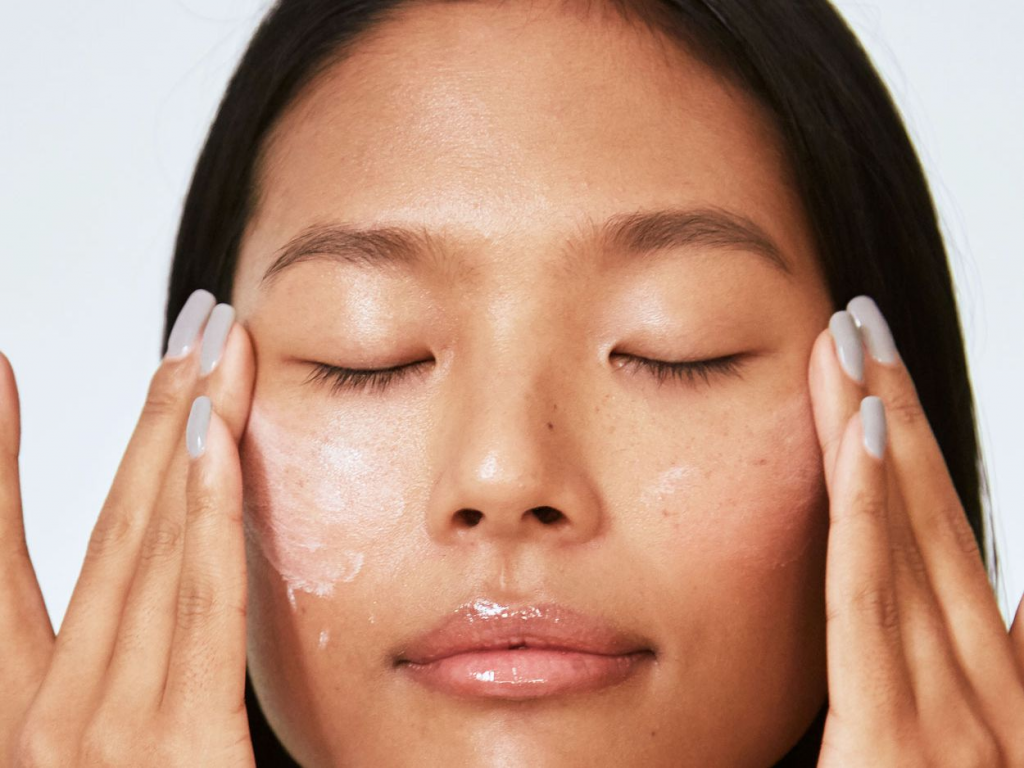
Salicylic alcohol 1% or 2%
Another popular method for getting rid of acne. It should be used with extreme caution since the presence of alcohol in the composition dries the skin very much and can cause dermatitis. And if you have moles or warts on your face, you should refrain from salicylic alcohol at all, as it provokes hyperpigmentation. It must be applied pointwise and carefully, to avoid one more consequence — skin burn.
Alternative medicine
This method is used when the inflammation occupies a small area and is not accompanied by any complications. For treatment, various infusions of different herbs are used (aloe, anise, calendula, nettle). However, it is worth considering that alternative medicine has no clinically proven effectiveness, which as a result can only aggravate the existing situation.
Light therapy
An underrated, but powerful treatment for acne that ranks next to antibiotics in terms of effectiveness and has few side effects. The procedures can be performed both in the beautician’s office and at home using hand-held light devices.
How does light therapy help hairline acne
One way to kill bacteria and get rid of acne is with light therapy. The bacteria in the skin are sensitive to certain types of light, namely red and blue.
🔴 Red light, due to its wavelength (633-830 nm) and the ability to penetrate the layers of the skin to a depth of 4-5 mm, improves blood circulation and affects cells, thereby saturating them with oxygen and nutrients. Red light helps reduce inflammatory conditions such as acne, fights blackheads, and minimizes acne scars.
If acne is caused by a chronic skin condition, red light therapy is a good option for you.
🔵 Blue light emits short wavelengths (400-510 nm) and is close to ultraviolet in the spectrum of waves, which gives it the same antibacterial properties but does not expose the skin to additional risk. It penetrates only into the uppermost layers of the skin (by 1 mm), but this is enough to saturate the skin with oxygen, which leads the bacteria propionibacterium acne to their death. It is also reported that blue light allows the condition to be monitored before new acne breaks out.
When you shine the rays of these lights on your skin, substances are formed that kill bacteria. Light therapy also shrinks the sebaceous glands in the skin, so less oil is produced in the skin that clogs pores.

The effectiveness of light therapy in treating hairline acne based on clinical trials
Over the past decade, light therapy has become a common treatment for a wide range of skin conditions, including acne. Despite various oral and topical treatments for acne, many patients do not respond well or may develop side effects. Thus, patients are experiencing a growing demand for new therapies that are fast, safe, and free of side effects.
Below we have provided the results of some studies that support the effectiveness of light therapy in treating acne.
In a study [1], 28 patients with mild to moderate acne were treated with handheld devices emitting red light. Phototherapy was performed for 15 minutes twice a day for 8 weeks. As a result, the improvement in the number of non-inflammatory and inflammatory lesions was about 70%. Visually, rashes with acne decreased by 1,5 times.

Source: US National Library of Medicine, National Institutes of Health
The next study [2] was involving 24 patients with mild to severe acne. They were treated with light therapy for 8 sessions, twice a week at intervals of 3 days.
As a result, a decrease in the number of lesions was observed in all patients. At the 4-week follow-up, the average decrease in the number of lesions was 46%, and at the 12-week result, it was even more impressive — 81%. Severe acne showed slightly better results than mild acne. Side effects were minimal and only included redness.
Recently, phototherapy has been used with different light spectra for acne.
In this study [3], two different wavelengths (630 and 890 nm) were evaluated for the treatment of acne vulgaris. 28 patients with mild to moderate acne were treated with red light therapy (630 nm) and infrared (890 nm) on the right and left sides of the face, respectively, twice a week for 12 sessions. As a result, after 10 weeks of the treatment, acne was significantly reduced on the side treated with red light (630 nm), in contrast to the area treated with infrared light (890 nm).

Source: US National Library of Medicine, National Institutes of Health
A combination of red and blue light is often used to treat acne, which has a proven antimicrobial effect. Below is an example of a study that shows the effectiveness of this treatment.
A study [4] involved 24 patients with mild to moderate facial acne; they were treated with LED devices with alternating blue (415 nm) and red (633 nm) light. The treatment was carried out twice a week for 4 weeks.
The final mean percentage improvement in non-inflammatory and inflammatory lesions was 34.28% and 77.93%, respectively. The measurements showed that the melanin levels decreased significantly after treatment, which was reflected in the improvement in the skin texture of the patients.
How to prevent hairline acne
There are some steps you can take to prevent future hairline acne. These steps include the following:
- Keep sheets and pillowcases clean to prevent oil and bacteria accumulation.
- If you wear hats, wash them after two or three uses, especially if sweat has accumulated on them during the day.
- Use skin care products and cosmetics that won’t clog your pores — look for “non-comedogenic” ingredients.
- When applying hair or skin care products, make sure your hands are clean and touch your face as little as possible.
- If you have bangs, do not touch them so that bacteria and dirt do not get from your fingers to your hair and forehead.
- Eat a complete diet and exercise regularly, including showering after exercise.
- Try to monitor the immune system, take vitamins as needed, and avoid hypothermia.
Following these simple tips will help keep your risk of acne recurring to a minimum.

Summary
Our skin is very sensitive to external factors, as well as any disruptions in the functioning of the body. Lack of vitamins and minerals, hormonal changes, the effect of skin care products — all these affect its condition.
Recently, light therapy has been considered one of the most effective treatments for skin conditions, including hairline acne.
Blue and red light therapy are widely used as an effective treatment for acne. They can act synergistically to combat acne, combining antibacterial and anti-inflammatory effects, making blue and red light therapy an effective and safe treatment for hairline acne.
FAQ
🧐 What causes hairline acne?
Acne can be caused by many different irritants. Hairline acne can usually be traced to one of these causes:
– Make-up;
– Hair products;
– Headwear;
– Bad habits;
– Poor nutrition.
Read more about the causes of hairline acne and its treatment in our article.
🔎 How to get rid of hairline acne?
The most popular methods for getting rid of hairline acne include:
– Antibiotics;
– Antibacterial ointments;
– Salicylic alcohol 1% or 2%;
– Alternative medicine;
– Light therapy.
Of the above methods, one of the most effective treatments for skin conditions, including acne, is light therapy.
💡 What kind of light helps in hairline acne treatment?
The bacteria that cause acne are sensitive to certain types of light, namely blue and red. These lights can act synergistically to overcome acne, combining antibacterial and anti-inflammatory effects.
📌 What are the side effects of light therapy in hairline acne treatment?
Blue and red light therapy are generally considered safe treatments, but there are some side effects. Common side effects include:
– Redness
– Bruise
– Peeling skin
– Mild pain or irritation.
Sources
- Jung Im Na, Dae Hun Suh. Red light phototherapy alone is effective for acne vulgaris: a randomized, single-blinded clinical trial. – Dermatol Surg. 2007 Oct;33(10):1228-33; discussion 1233. DOI: 10.1111/j.1524-4725.2007.33258.x.
- David Goldberg, Bruce Russell. Red (633 nm) LED phototherapy in the treatment of mild to severe acne vulgaris. – J Cosmet Laser Ther. 2006 Jun;8(2):71-5. DOI: 10.1080/14764170600735912.
- Mir Hadi Aziz-Jalali, Seyed Mehdi Tabaie, Gholamreza Esmaeeli Djavid. Comparison of Red and Infrared Low-level Laser Therapy in the Treatment of Acne Vulgaris. – Indian J Dermatol. 2012 Mar;57(2):128-30. DOI: 10.4103/0019-5154.94283.
- Seung Yoon Lee, Chung Eui You, Mi Youn Park. Blue and red light combination LED phototherapy for acne vulgaris in patients with skin phototype IV. – Lasers Surg Med. 2007 Feb;39(2):180-8. DOI: 10.1002/sm.20412
